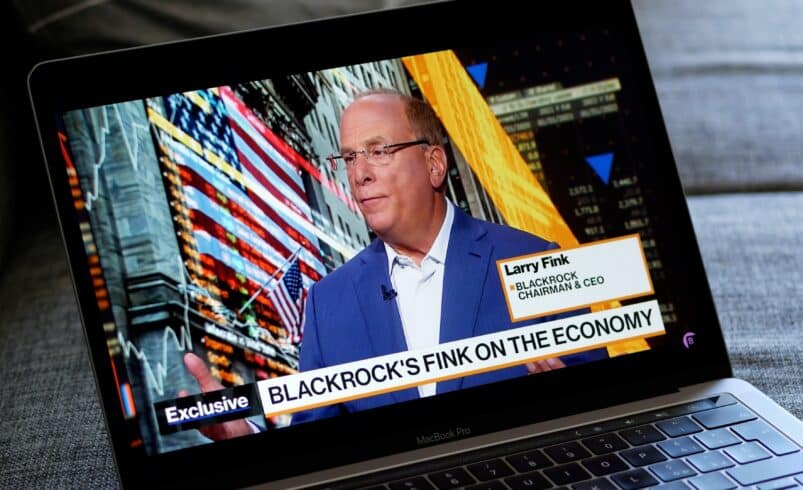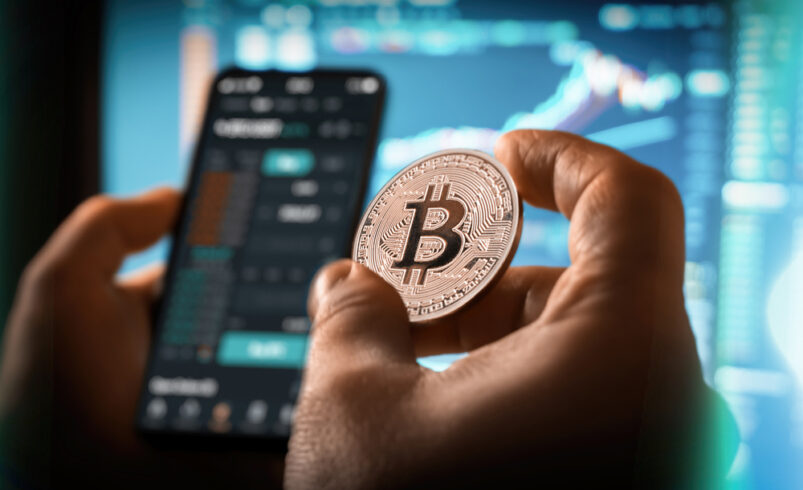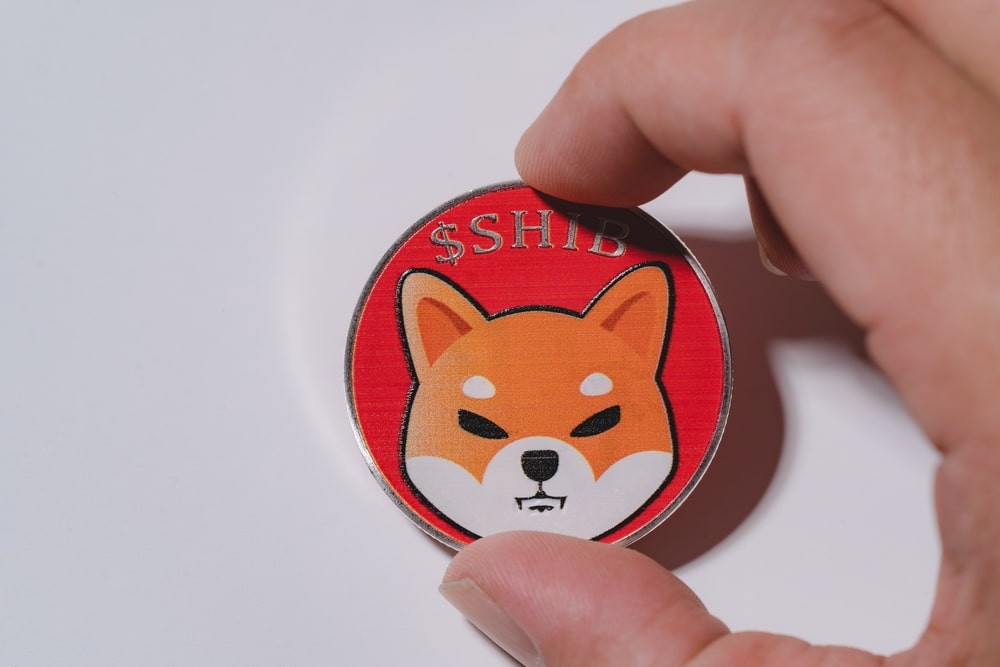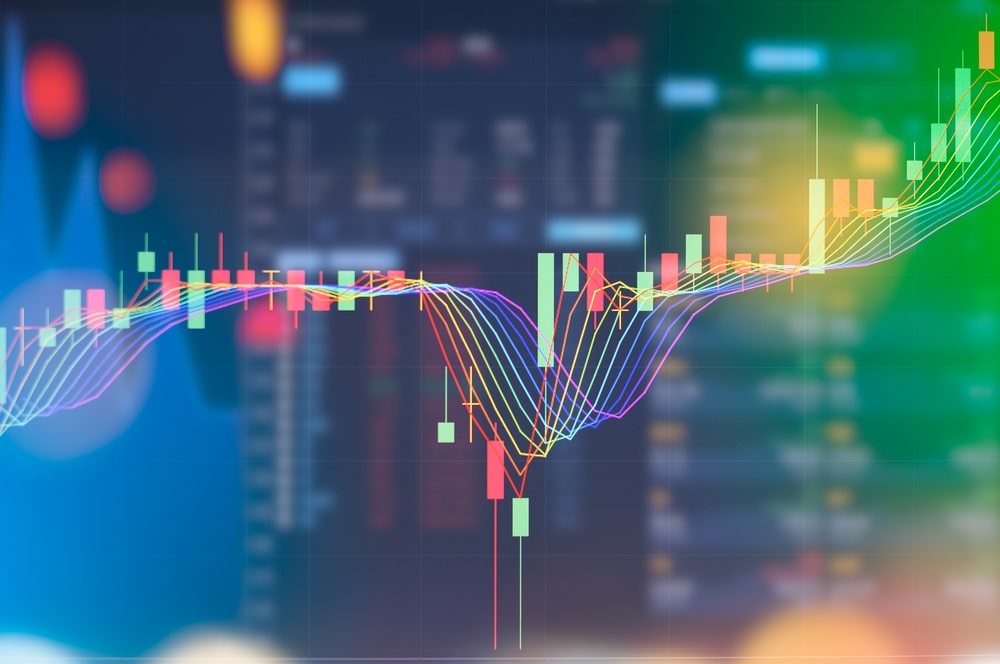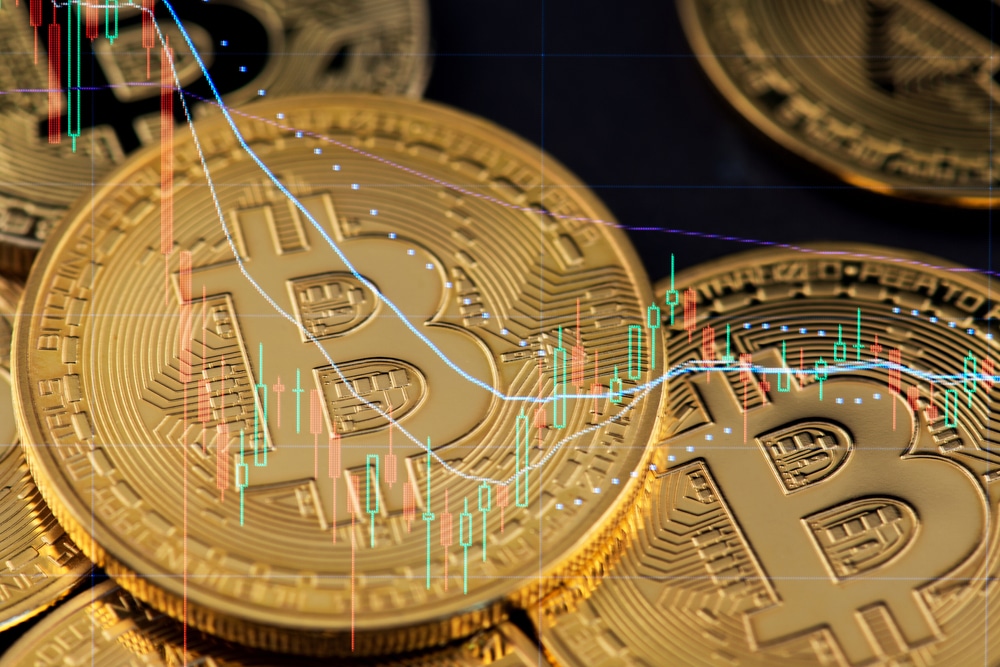The Evolution and Significance of Non-Fungible Tokens (NFTs)
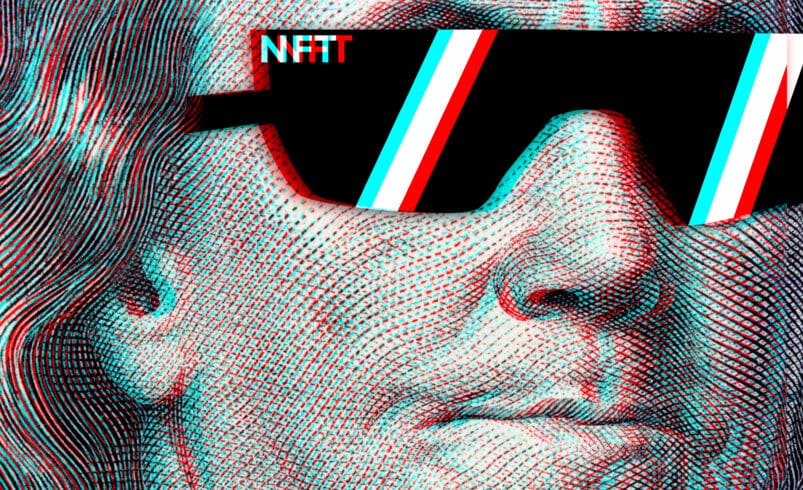
Non-fungible tokens (NFTs) are distinct digital tokens often linked to a specific artwork or item.
Their prominence began in 2017 with a digital cat simulation named CryptoKitties and a set of 10,000 pixel-based figures known as CryptoPunks. In 2021, NFTs saw a resurgence, leading to a vast expansion in the kinds of metadata, applications, and objectives this technology can offer.
People might acquire an NFT for various reasons, such as art collection, supporting an artist, potential resale at a higher value, joining a community, or obtaining an in-game item. Numerous businesses, including Taco Bell, Tiffany, and Spotify, have investigated the potential of NFTs.
What is an NFT?
An NFT represents a distinct piece of data anchored on a digital record, often a blockchain. It utilizes cryptographic techniques to validate its digital authenticity. In contrast to cryptocurrencies such as bitcoin or ether, which can be traded equivalently, NFTs don’t possess this direct interchangeability. To illustrate, while you can trade a bitcoin for another, this concept only uniformly extends to NFTs.
The distinct nature of NFTs is what imparts their value. Each token corresponds to a digital or tangible asset, from digital artwork and tunes to virtual real estate. While Ethereum’s blockchain using the ERC-721 token standard is the most common platform for NFTs, it can also be developed on other blockchains that facilitate smart contracts. These tokens have attracted considerable interest, especially in the gaming and digital collectible sectors.
The ownership history of an NFT is documented on the blockchain. Still, its metadata might be housed on a centralized server or a decentralized storage system like the InterPlanetary Protocol System (IPFS).
ERC-721 is the predominant token standard for NFTs, with ERC-1155 and ERC-20 trailing. Nonetheless, there are various NFT forms, some even available for lease under the ERC-4907 token standard.
Why do NFTs hold value?
The intrinsic worth of an NFT stems from its unique attributes and the market’s valuation of them. Factors like uniqueness and rarity often influence an NFT’s value. Digital art pieces, scarce in-game virtual items, and other exclusive digital entities can be tokenized as NFTs, with their value being shaped by market demand and the price buyers are willing to pay.
NFTs also have a digital record of ownership that confirms their authenticity, adding another dimension to their value. This is crucial in sectors like fashion, digital art, and collectibles, where an item’s origin and genuineness are pivotal in determining its worth.
It’s essential to understand that the value of NFTs is subjective, relying heavily on demand and the perceived worth of the represented digital asset.
Applications of NFTs
NFTs have found applications beyond just art and gaming. They now symbolize a range of digital assets, encompassing virtual properties, digital identities, and even specific social media posts.
A significant application of NFTs is within the gaming sector. These tokens have transformed gaming by fostering in-game economies. Unique attributes and items, such as weaponry and character outfits, are now tokenized. This facilitates their movement and utilization across various games, enriching the player experience and reshaping the industry’s economic landscape.
The metaverse concept is another notable application, a prospective evolution of the internet encompassing immersive interactions through avatars in virtual environments. Platforms like Decentraland and The Sandbox provide virtual land parcels as NFTs, with some fetching prices exceeding a million dollars.
Musicians are exploring NFTs to introduce blockchain-backed authenticity to their creations. This approach modifies how musicians gain royalties, sidestepping traditional intermediaries like record companies.
Moreover, tangible assets are also being represented as NFTs. For instance, a house in South Carolina was traded for $175,000 as an NFT in October 2022. Tattoo professionals can access specialized equipment that creates their designs as NFTs, granting them royalties whenever that design is replicated. Assets that possess tangible and digital elements are termed “phygitals” and frequently employ NFTs as a connecting medium.
Tokenization in NFTs
Tokenization facilitates the division of assets into smaller units. When an NFT, such as a high-value CryptoPunk, is fractionalized, it’s divided into specific portions and made available on secondary marketplaces.
This mechanism has unveiled novel investment avenues, especially in sectors like art, property, and collectibles, where prohibitive initial costs have limited accessibility.
Environmental Considerations of NFTs
NFTs come with environmental considerations. The primary concern is the energy-extensive procedure for producing and trading NFTs, especially those on the Ethereum blockchain. For a significant duration of its existence, Ethereum employed a consensus method termed proof of work, demanding considerable computational resources and, by extension, vast energy quantities. NFTs created on Ethereum during this phase likely had a significant carbon footprint, even though determining the environmental cost was challenging.
Ethereum transitioned to a proof-of-stake system to mitigate these environmental concerns in September 2022. This shift considerably reduced the blockchain’s energy demands and associated carbon emissions. Consequently, NFTs produced after this transition have a diminished environmental impact. However, the broader question remains on how the cryptocurrency domain should address the environmental implications of NFTs created on blockchains that utilize the proof-of-work consensus model.
DISCLAIMER: It's essential to understand that the content on this page is not meant to serve as, nor should it be construed as, advice in legal, tax, investment, financial, or any other professional context. You should only invest an amount that you are prepared to lose, and it's advisable to consult with an independent financial expert if you're uncertain. For additional details, please review the terms of service, as well as the help and support sections offered by the provider or promoter. While our website strives for precise and impartial journalism, please be aware that market conditions can shift unexpectedly and some (not all) of the posts on this website are paid or sponsored posts.



